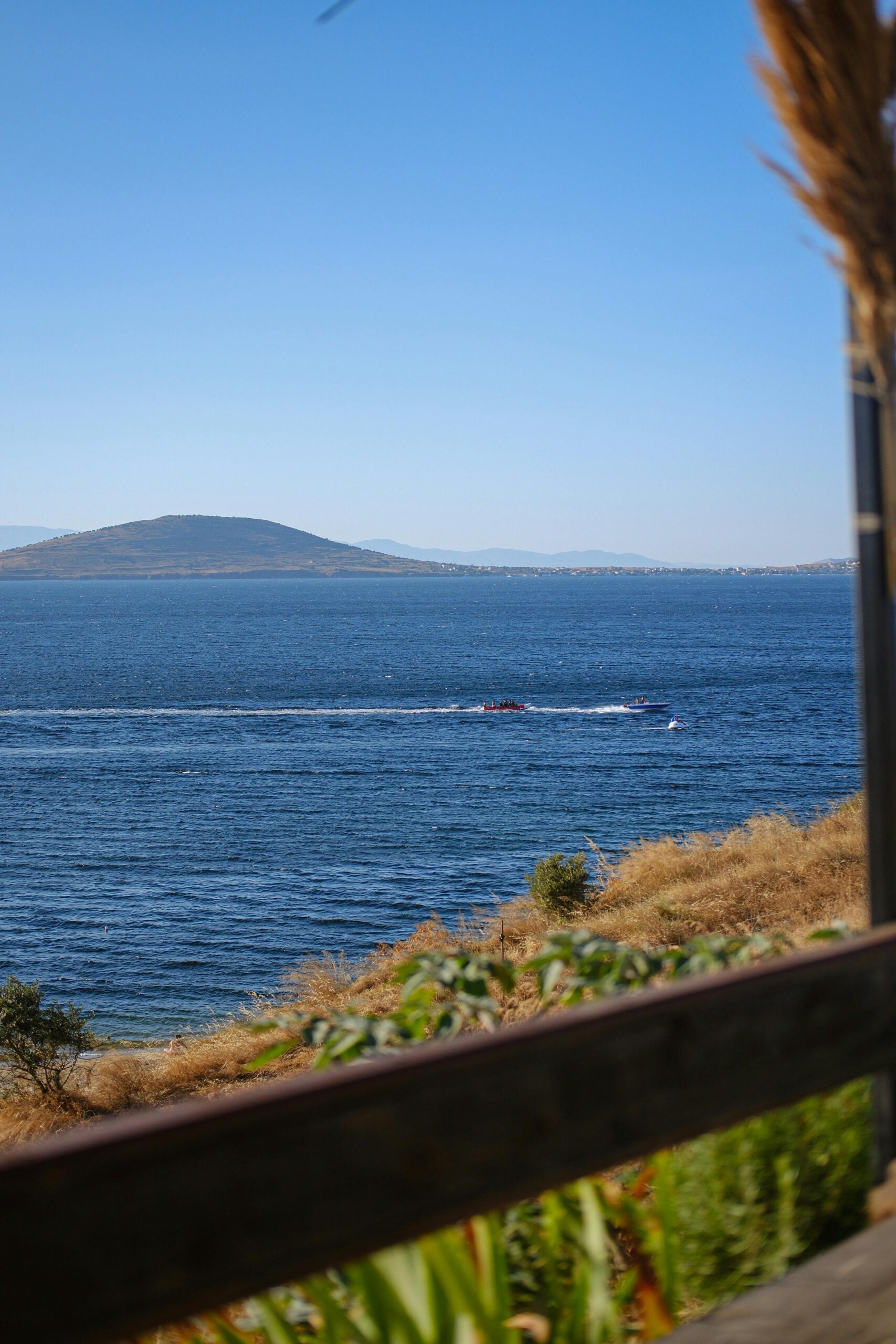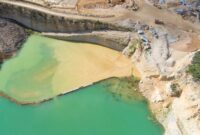Mountain tourism has become an increasingly lucrative sector, offering investors the opportunity to capitalize on the stunning natural beauty of high-altitude destinations. If you’re considering how to invest in mountain tourism, you’re not alone. This industry is booming, thanks to a growing demand for nature-based experiences. As more travelers seek eco-friendly and adventure-focused getaways, the potential for profits in this sector has never been higher.
Why Invest in Mountain Tourism?
Investing in mountain tourism allows you to take advantage of an evergreen market. With climate change concerns, many tourists are seeking destinations where they can enjoy unspoiled landscapes. Mountains offer a sense of escapism that attracts both adventure enthusiasts and those looking for peaceful retreats. This makes it an ideal investment, especially in the era of sustainable tourism.
Additionally, many mountain regions are underdeveloped, providing ample opportunities for innovation. From eco-lodges to adventure tours, there’s a wide range of investment options to explore. Most importantly, mountain destinations are often year-round attractions, offering different activities depending on the season, from skiing in winter to hiking in summer.
Steps to Invest in Mountain Tourism
1. Research the Location
The first step in understanding how to invest in mountain tourism is choosing the right location. Not all mountain regions offer the same potential for growth. You’ll need to analyze factors like accessibility, infrastructure, and local regulations. For instance, some mountains are close to large cities, making them more accessible for tourists, while others may require significant investment in transportation networks.
When evaluating a location, consider the year-round appeal. Does the destination offer both summer and winter activities? Are there attractions nearby that could complement your business, such as lakes, national parks, or historical sites?
2. Understand the Market
Before you invest, it’s essential to understand your target market. Who are the tourists that visit mountain destinations? Typically, mountain tourism attracts a diverse range of visitors, from young adventurers looking for extreme sports to families and retirees seeking relaxation. Tailoring your services to these audiences will be crucial to your success.
For example, younger tourists might be more interested in hiking, climbing, or paragliding, while older travelers may prefer guided nature tours, spa treatments, or cultural experiences. Align your offerings with the needs of your audience to maximize your returns.
3. Sustainable and Eco-Friendly Investments
Sustainability is no longer just a buzzword; it’s a necessity. Investors in mountain tourism must consider eco-friendly practices to not only attract environmentally conscious travelers but also preserve the natural beauty that draws tourists in the first place. Invest in sustainable infrastructure like energy-efficient buildings, waste management systems, and water conservation technologies.
Additionally, consider supporting local communities by sourcing goods and services from nearby providers. This not only boosts the local economy but also enhances the authenticity of your tourism offering, making it more appealing to eco-conscious visitors.
4. Invest in Infrastructure
Mountain tourism often requires significant investment in infrastructure, especially if the location is remote. Roads, lodges, restaurants, and even healthcare facilities may need to be developed or improved. While this might seem like a large upfront cost, well-built infrastructure can attract more visitors and lead to long-term profitability.
In some cases, partnering with local governments or other businesses may help offset these costs. Public-private partnerships are becoming more common in tourism, allowing investors to share the financial burden while reaping the rewards.
Types of Investments in Mountain Tourism
There are several types of investments you can make in mountain tourism. These include:
- Accommodation: Lodges, cabins, and eco-friendly resorts are always in demand. The key is to offer unique, high-quality experiences.
- Adventure Tourism: Guided tours, zip-lining, skiing, and mountaineering services can attract thrill-seekers.
- Cultural Tourism: Invest in the local culture by offering experiences like traditional meals, craft workshops, and historical tours.
- Wellness Tourism: Mountain retreats focused on mental health and well-being, such as yoga centers or spa resorts, are gaining popularity.
Conclusion – Is Mountain Tourism a Good Investment?
Investing in mountain tourism is a promising venture if done correctly. The global travel trend is moving toward eco-friendly, nature-based experiences, which aligns perfectly with mountain tourism. By focusing on sustainable practices, understanding your market, and choosing the right location, you can create a profitable and long-lasting business in this sector.
Not only does mountain tourism offer financial rewards, but it also allows investors to contribute to preserving natural landscapes. With the right approach, you can capitalize on the growing demand for environmentally conscious tourism while providing travelers with unforgettable experiences.
Frequently Asked Questions (FAQ)
Q1: What are the key challenges in mountain tourism investment?
A1: The main challenges include developing infrastructure in remote areas, ensuring sustainability, and managing seasonality. However, these can be mitigated through partnerships and a focus on year-round activities.
Q2: How much capital is needed to invest in mountain tourism?
A2: The required capital varies depending on the type of investment (e.g., accommodation, tours) and the location. Remote areas may require more upfront investment due to the need for infrastructure development.
Q3: How can I ensure my investment is sustainable?
A3: Focus on eco-friendly infrastructure, support local communities, and implement waste and energy management systems to ensure your business operates sustainably.
Q4: Can mountain tourism be profitable year-round?
A4: Yes, if the destination offers both winter and summer activities. Skiing, snowboarding, and winter sports attract tourists in cold months, while hiking, camping, and nature tours are popular in warmer seasons.




